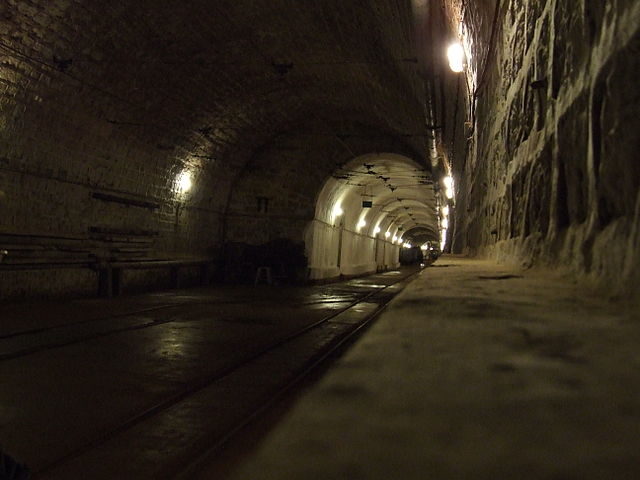Since ancient times people have been building fortified objects in order to protect their lives, the lives of their families, their belongings, property and country. Throughout human history, military objects and installations have expanded and changed parallel with the development of technology.
The military objects from the past, such as castles and forts, give not only a vivid image about the philosophy of war, but also talk a lot about the way of life in the past centuries. Although in ruins, some surviving military structures today are held as precious monuments which teach us about their history.
Ouvrage Hackenberg (or fort Hackenberg) is a remarkable war relic from the recent past of the war history of Western Europe. The enormous military complex was built for nearly 1,000 people. Hundreds of soldiers and officers of several armies lived and operated there during World War II. It is located at the outskirts of the small village of Veckring in northeast France, near the borders with Germany and Luxembourg. The grand fortification depicts with very fine details the turbulent years of World War II. It is especially important for the early stages of the devastating war.
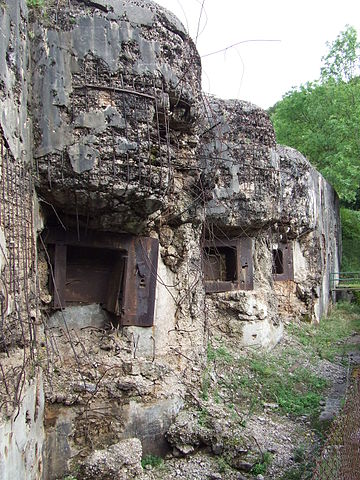
The underground fortress was essential part of the famous Maginot Line. Actually it was one of the oldest, and certainly the largest, military complexes of the system of fortified structures and other defenses that stretched across the French side of the borderline with Luxembourg, Germany, Switzerland and Italy. Construction of the huge military project started in 1929 and it was completely finished in 1936. The intention of the Maginot Line was to stop a future attack by the rising army of Germany.
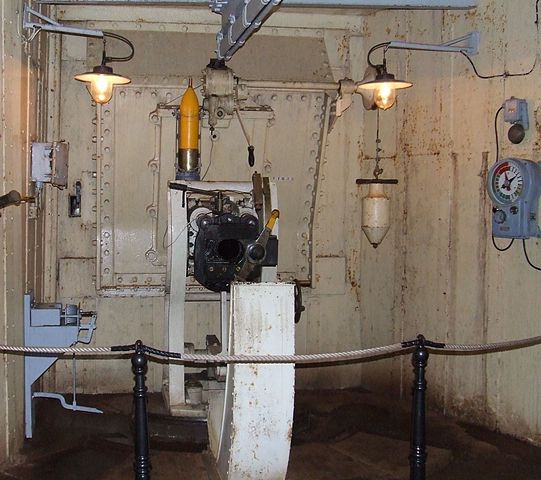
The French authorities were very proud of this fort and among the generals and war experts of the era it was considered as true masterpiece of French military architecture and engineering. The British King George VI visited and admired the ingenious construction of the fort before the war. However, the defense line built by the French didn’t hold back the invasion of the German Army.
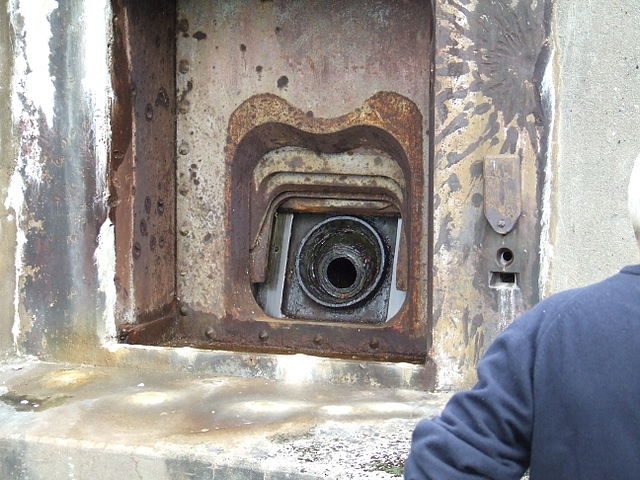
During the Battle of France, Ouvrage Hackenberg only had small role and gave assistance to the other fortified positions of the Maginot Line which were directly attacked by the Germans. Its garrison surrendered and the fort went into German hands in July 1940, a few weeks after the signing of the Armistice on 22 June 1940, the day when the fall of France became official.
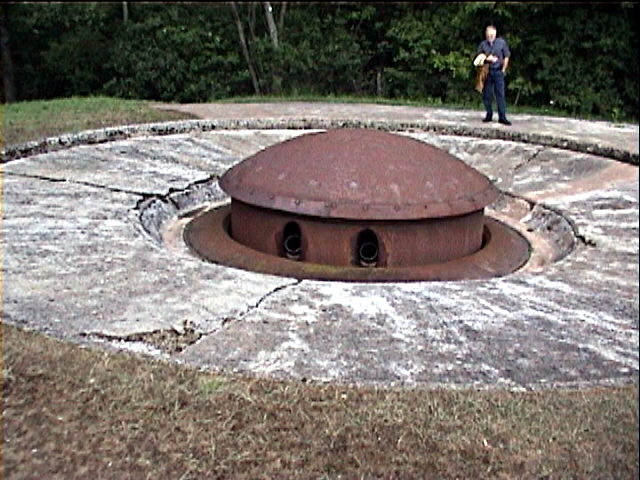
In 1944 the German troops stationed there attacked the troops of the U.S. army during their victorious gallop towards Berlin. The American soldiers took control over the fort after three days of heavy bombardment and fierce battle with the Germans. After the war, the fort remained in service as a specially fortified defense position of the French army during the Cold War era. Only a small group of troops were stationed there.
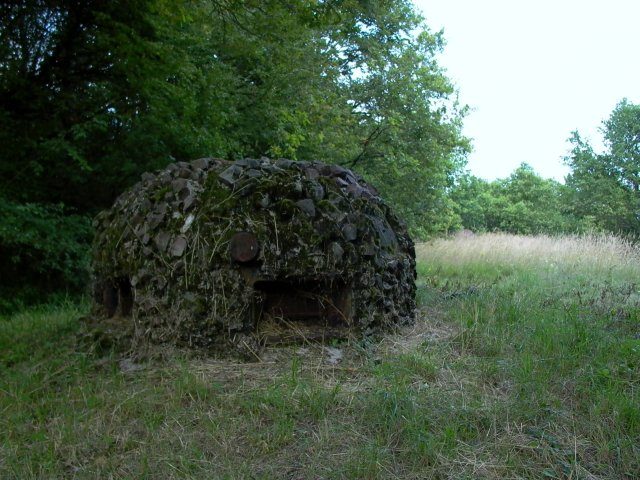
Because of lack of money only minimum renovations were made. The army held the fort until 1968 and it was completely abandoned in 1970. In 1975, the inhabitants of the area started to organize tours around the fort. Some parts of it were preserved and today the Ouvrage Hackenberg works as a museum, where visitors can see sections of the original infrastructure and military installations from World War II.
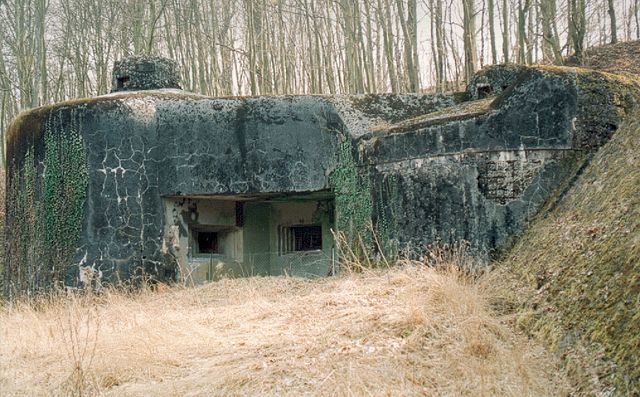
The site is spread over a large area and has 19 infantry and artillery combat blocks. Only one of the blocks is open for public. The rooms, like the barracks, the canteen and the generator room, where the generators are still functioning, were restored and transformed into a museum. Because the structure is mostly underground, the temperature remains around 54 F (12 C) over the entire year.
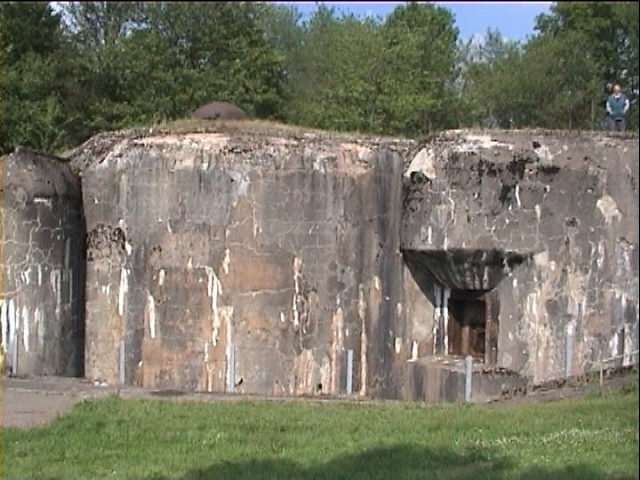
There is also an electric train that goes around the underground tunnels. In the past it was used for transporting munitions, but now it transports tourists to one artillery tower, where a turret artillery gun from 70 years ago with its still working mechanism is placed. One side of the fort is seriously damaged and it is in a process of collapse. There is also a massive door damaged by an explosion during the fierce battle between the U.S. and German soldiers.
